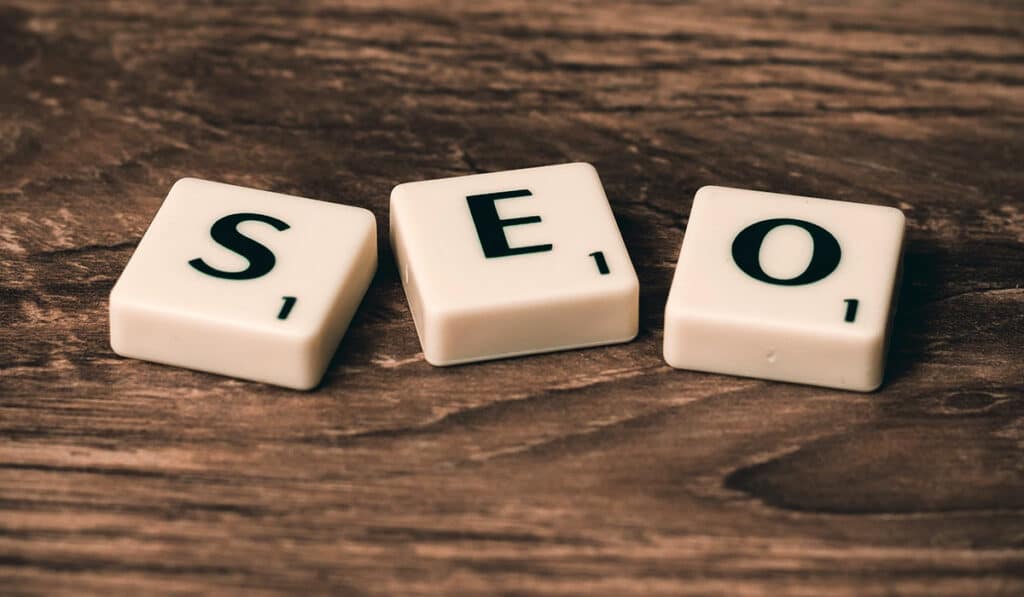 Incorporating a digital component into your marketing plan is no longer a luxury, it’s a necessity. In order to stay relevant with your current target audience and your next generation of customers, it’s imperative to have a strong website presence. And once you have that website presence, it’s just as important for customers to be able to find you online. That’s where SEO comes in as a strategy that will help drive traffic to your website and customers through your door.
Incorporating a digital component into your marketing plan is no longer a luxury, it’s a necessity. In order to stay relevant with your current target audience and your next generation of customers, it’s imperative to have a strong website presence. And once you have that website presence, it’s just as important for customers to be able to find you online. That’s where SEO comes in as a strategy that will help drive traffic to your website and customers through your door.
What is SEO? The acronym SEO stands for Search Engine Optimization.
Why is it important? Search engines, such as Google and Bing, comb the World Wide Web for content. It’s important for websites to have lots of industry relevant content ‘baked into’ the pages, files, backend, etc. Because search engines focus on creating the best possible user experience for consumers, you’ll want to make sure that when consumers are searching for something to do with your industry they see a link to your website.
What does this mean for your website? Since consumers [or your potential customers] use search engines to help find what they are looking for on the web, you want to make sure they can find your website. When someone inputs a particular keyword phrase into Google [‘hearing devices,’ for example], the search engines navigate through aforementioned content such as documents, pages, files, news, videos and media to find the most relevant results. Then, the search engine ranks their findings in order of perceived usefulness/relevance related back to the search term [in this case’ hearing devices’]. The way that the search engines see it, the more traffic that they see going to that page, the more valuable the information is.
Bottom line is that when someone searches for a term that relates to your industry [hearing devices, hearing health, hearing loss, tinnitus, etc.], you’ll want them to easily find your website on the first page of ‘Google’ results.
So now that you know a little bit about SEO is and why it’s important, how do you optimize your website and start driving online traffic?
The “optimization” part of SEO is the actual strategy that is implemented to drive relevant traffic to your site and as stated before, it’s based on content. There are numerous techniques on how to go about enhancing your content to attract indexing by search engines [or getting your website to appear on the first page of results]. That’s why it’s crucial to have valuable and relevant content that not only attracts traffic to your site, but possibly new opportunities to your practice.
The following chart shows examples of content that will help your site from an optimization standpoint:
|
BRANDED CONTENT |
NON-BRANDED CONTENT |
| This is all about you and your practice | This is more about the industry that you are in that is not specific to your practice |
| Examples: History of the practice, mission statement, bios, services, etc. | Examples: FAQ’s, case studies, newsletters, blog posts, etc. |
Integrating both types of content – Branded and Non-Branded – into your site will help potential customers in your area find you. Plus, from the consumers’ standpoint, the valuable SEO content also gives your visitors the information that they were seeking, which leads to new opportunities.
In order to stay relevant within the industry, you need to have a strong online presence. It is imperative to incorporate SEO content into your website to stay competitive in the marketplace. But you don’t have to go it alone. You can partner with a digital marketing company that will help create valuable, relevant content that search engines respond to positively, giving your website higher search rankings.
Interested in learning more? Contact marketing at marketing@cq-partners.com to learn more about how SEO fits into your digital marketing strategy.








Reblogged this on Marketing by Keara.